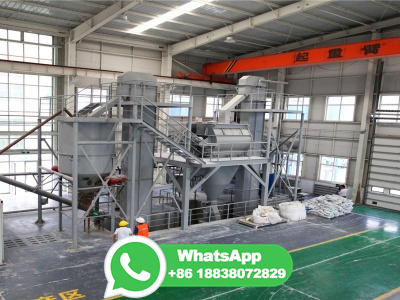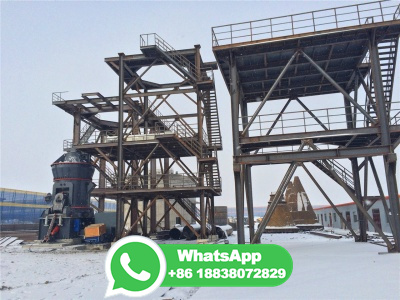Physical and chemical properties of metallurgical coke and its ...
WEBIncorporating carbon into molten iron, known as carburization, is a critical process in ironmaking. During the refining process, the carbon content of coke is approximately 85 % to 90 %, influenced by the type of coking coal used. Apart from carbon, coke contains about 10 % ash and a minor proportion of volatile substances.

































